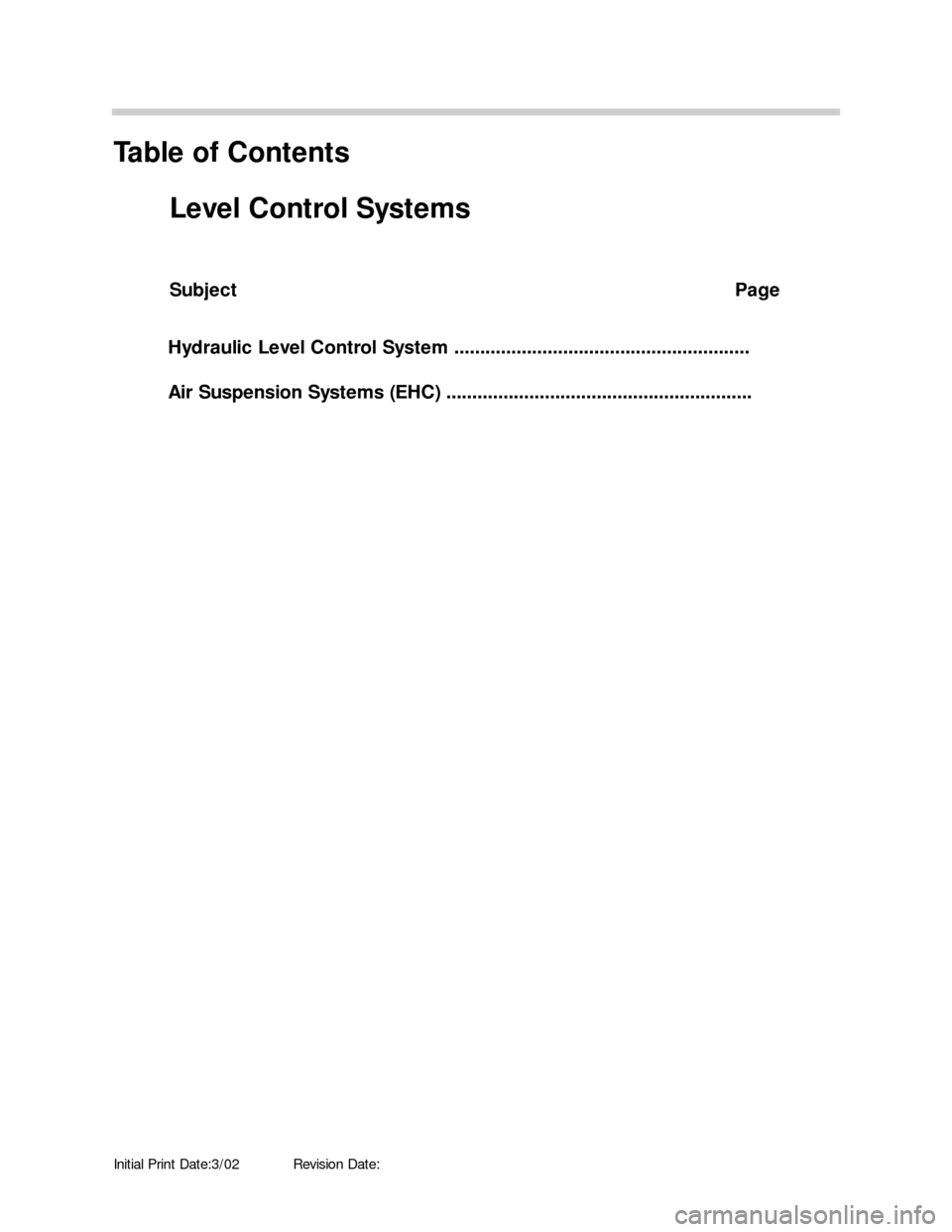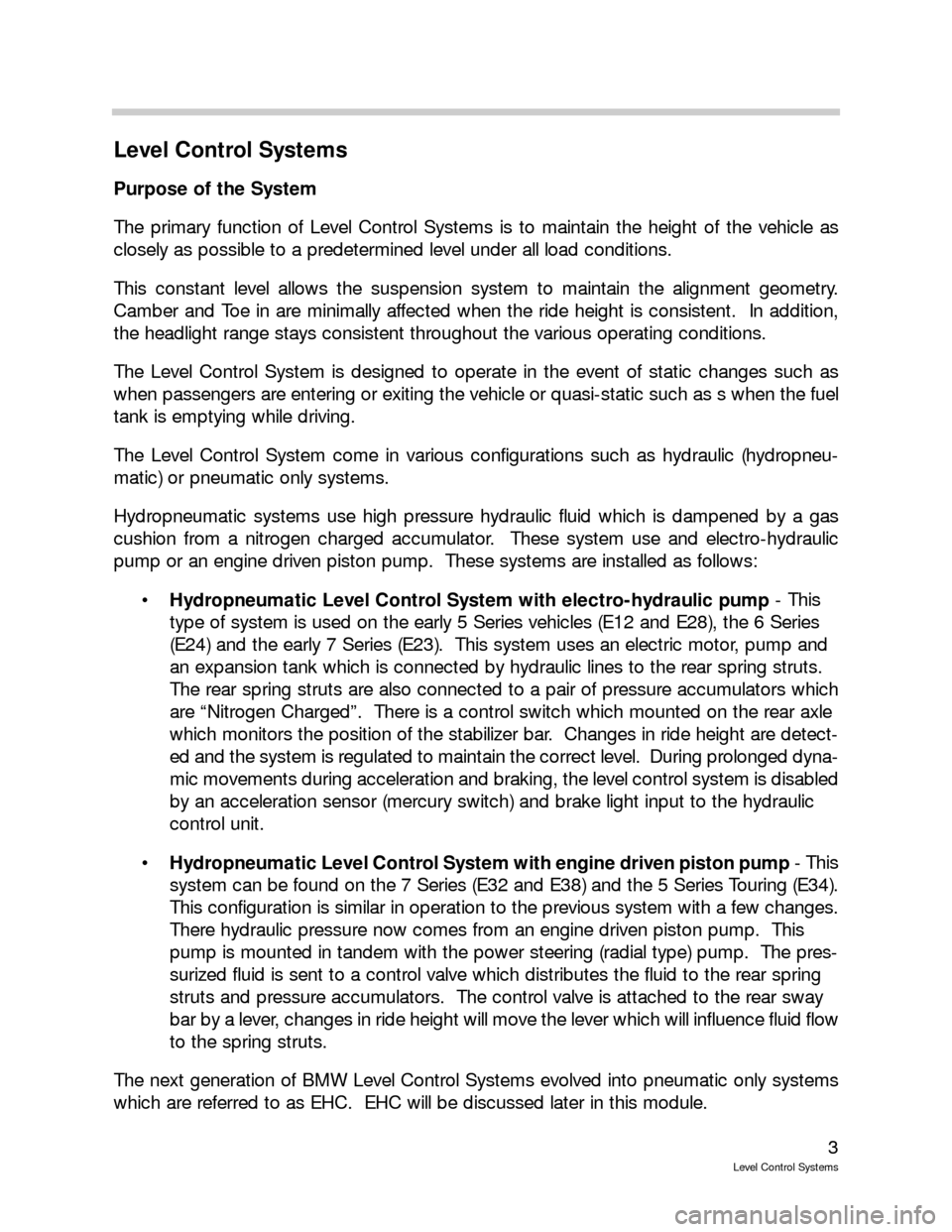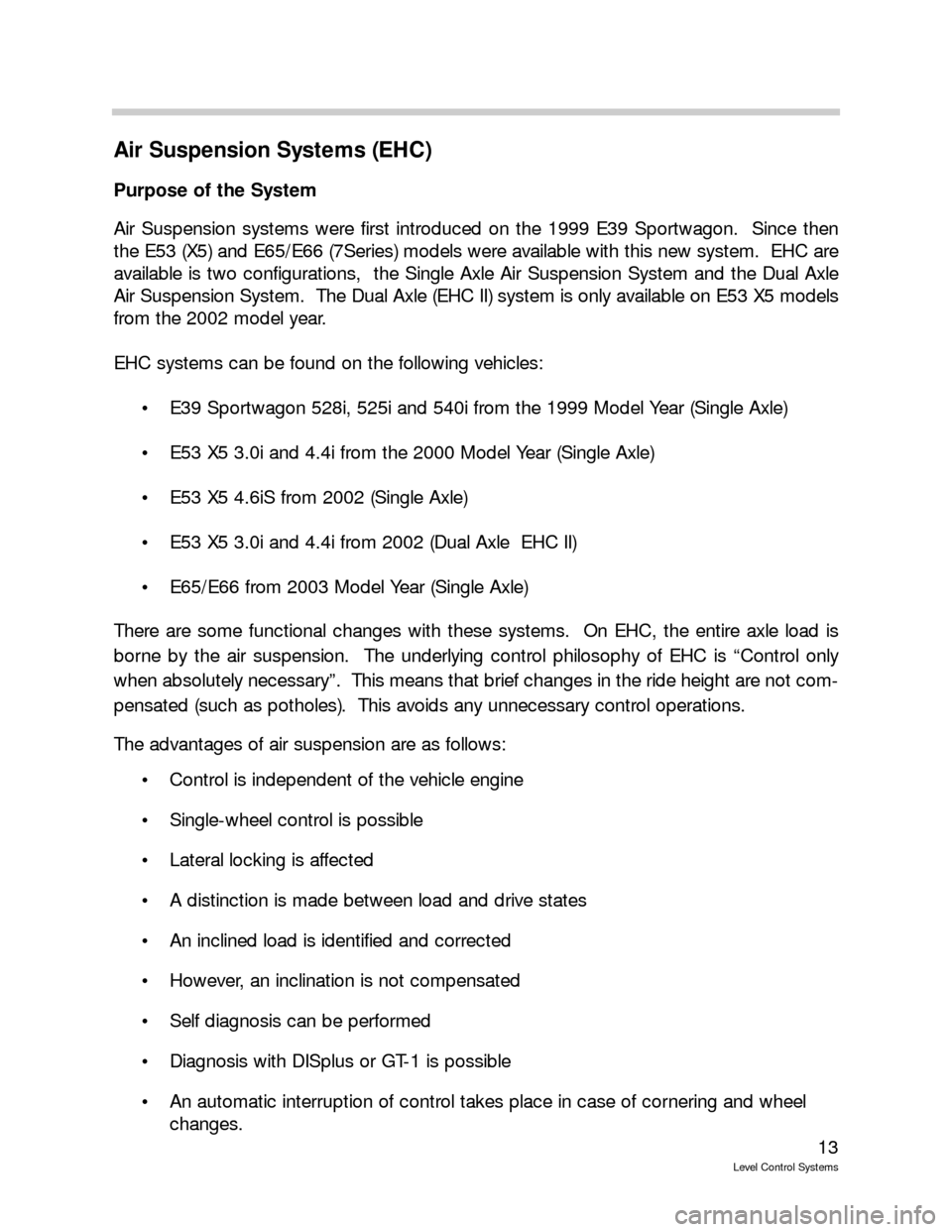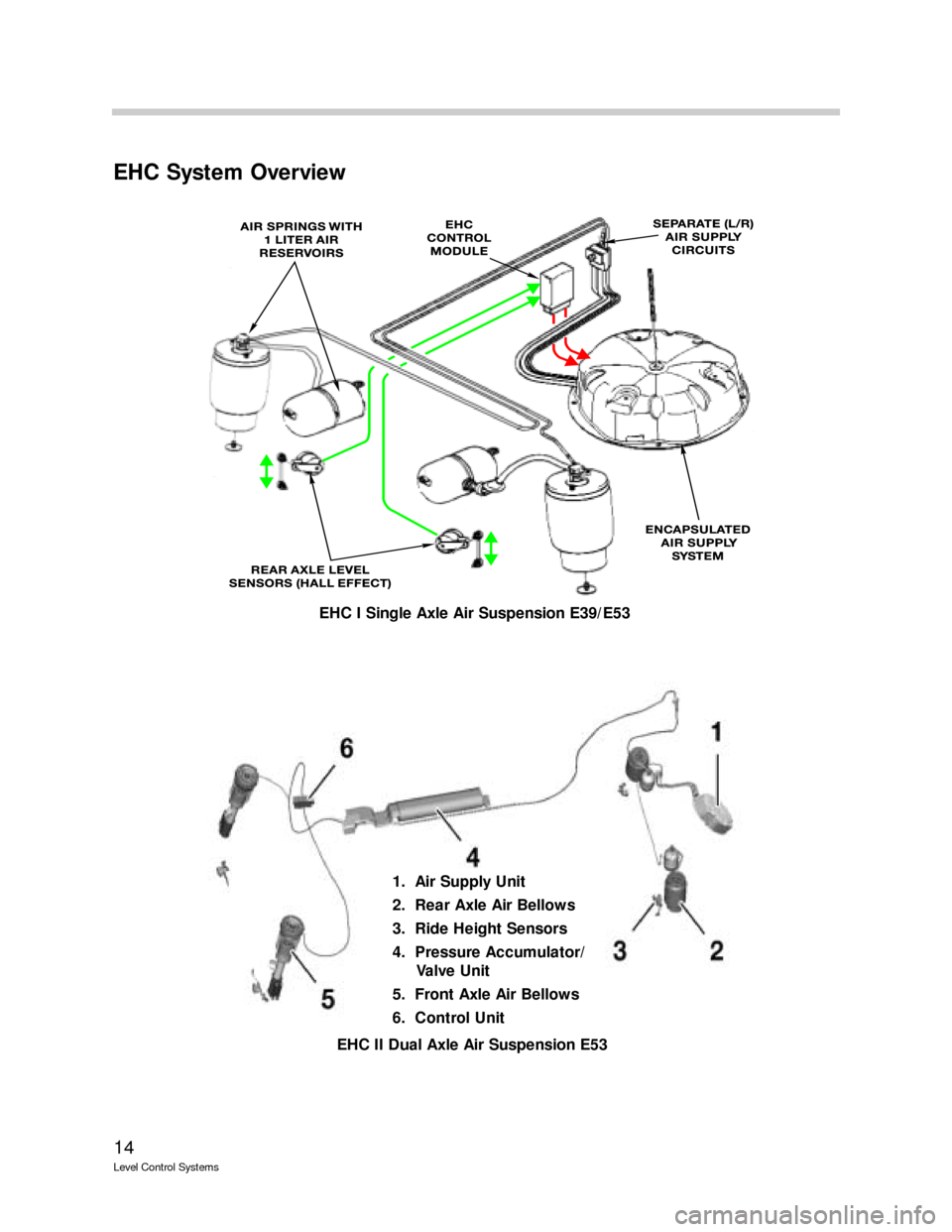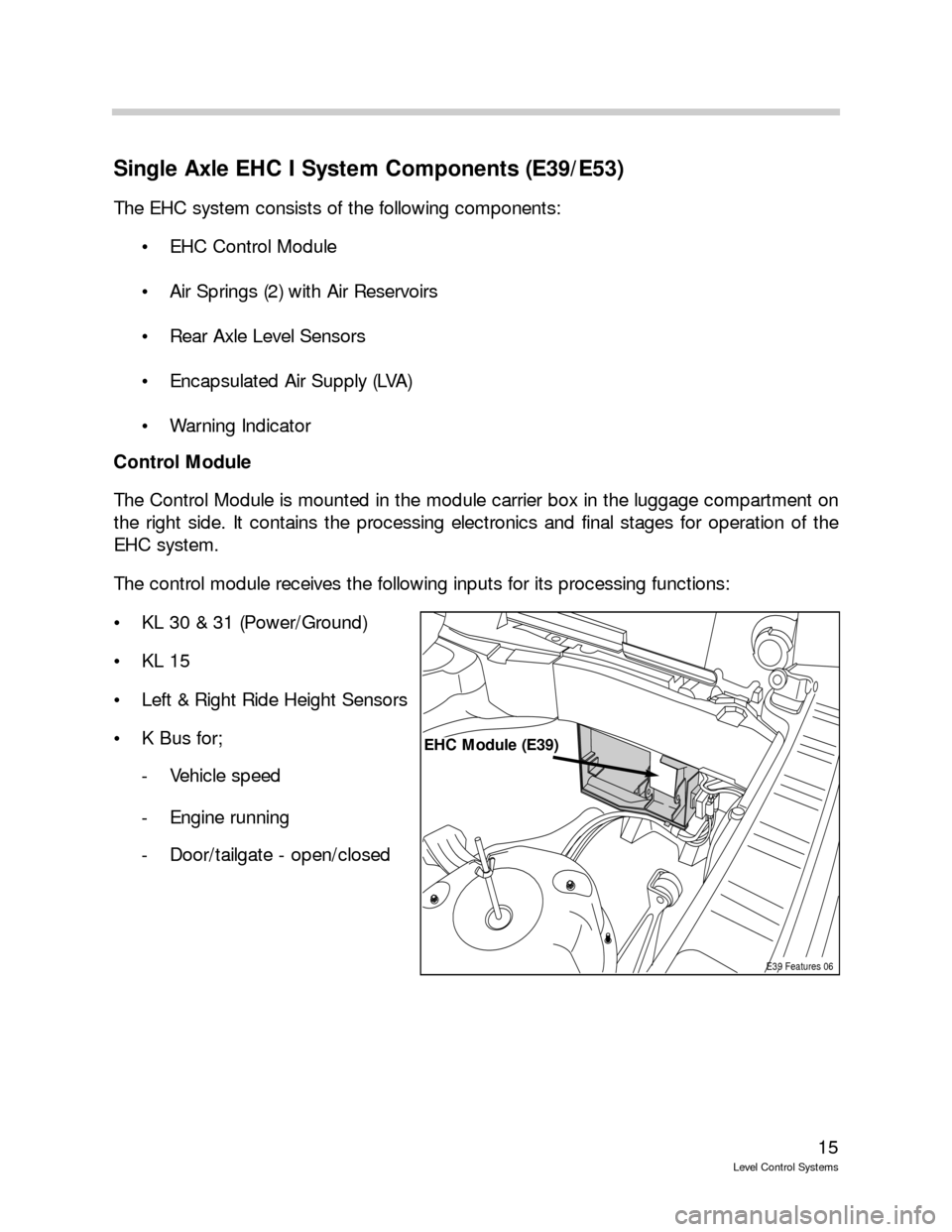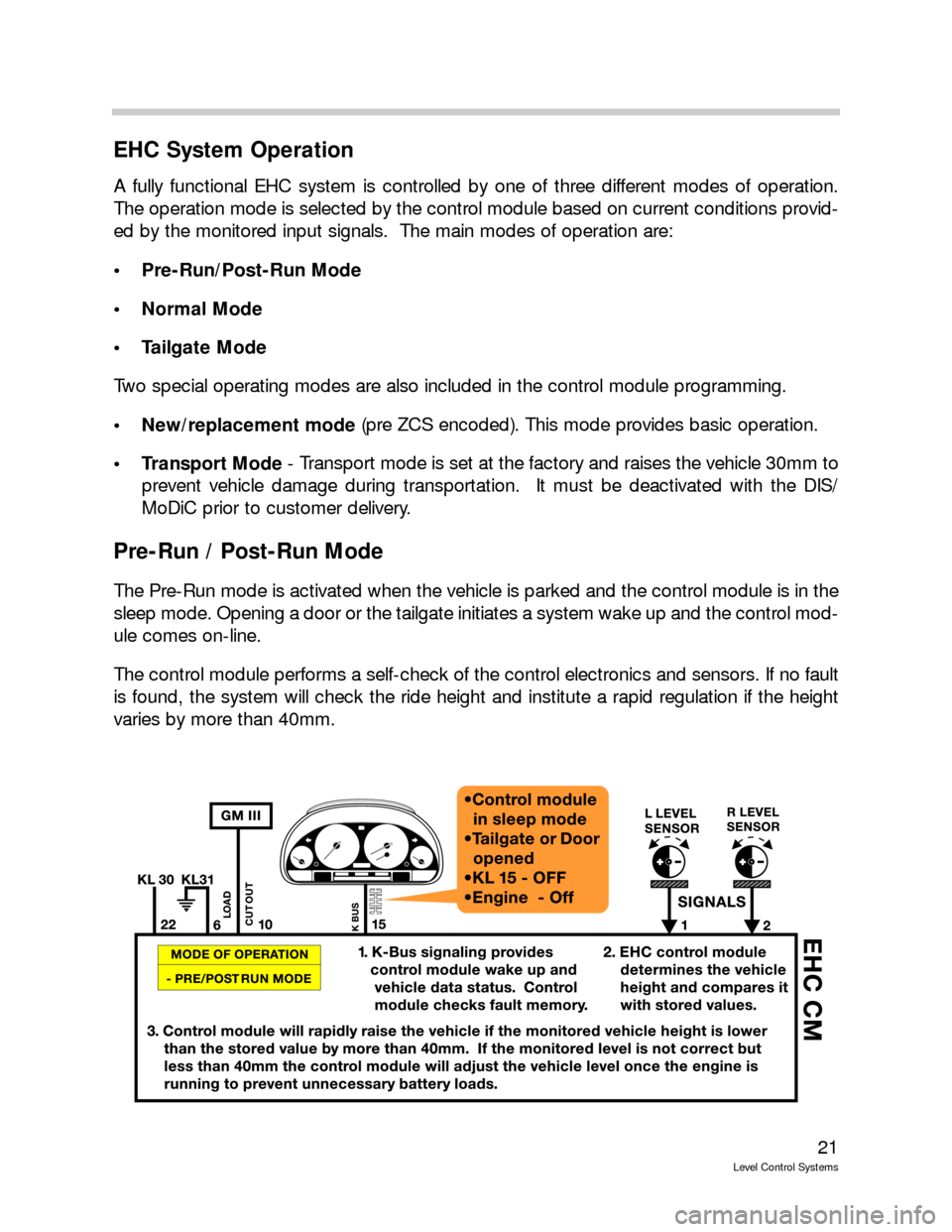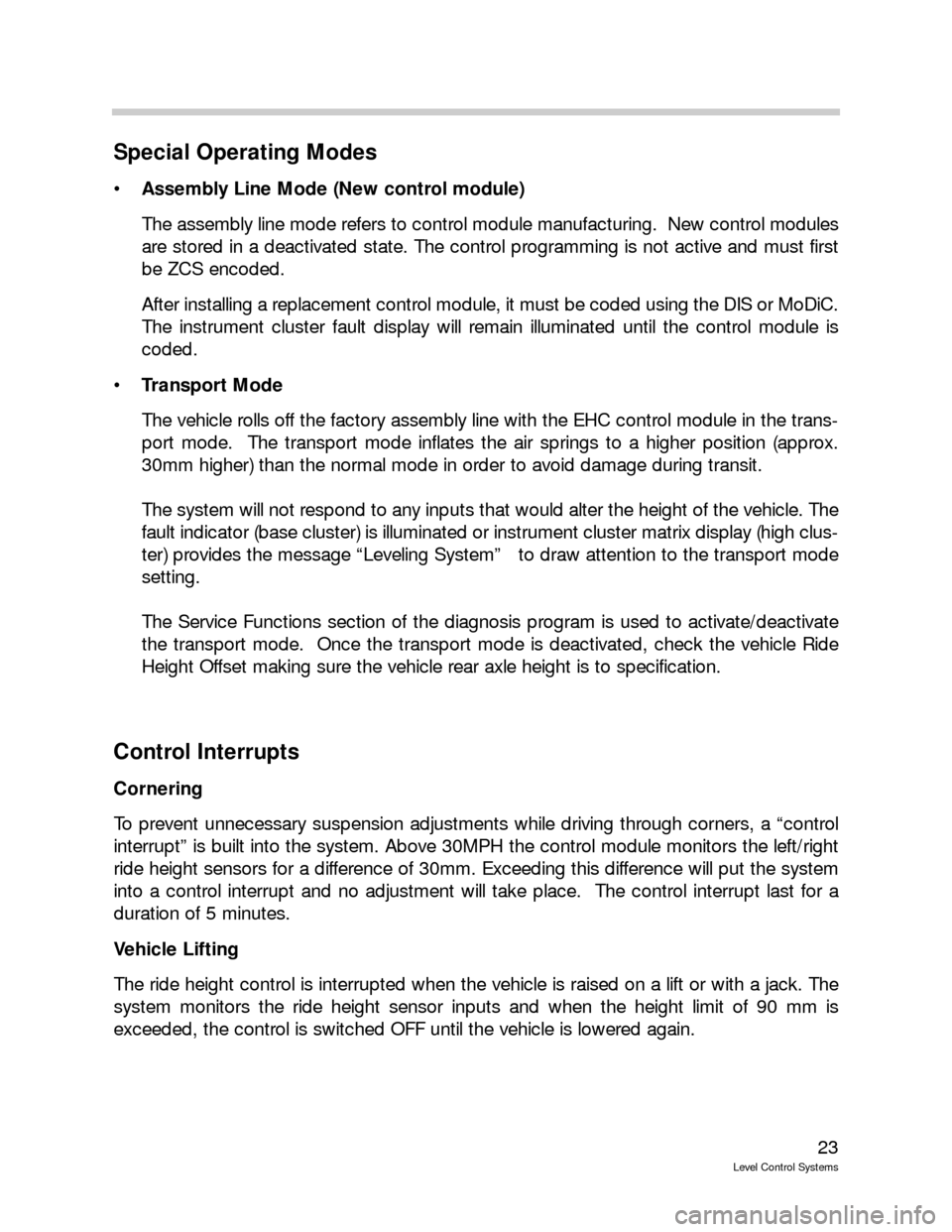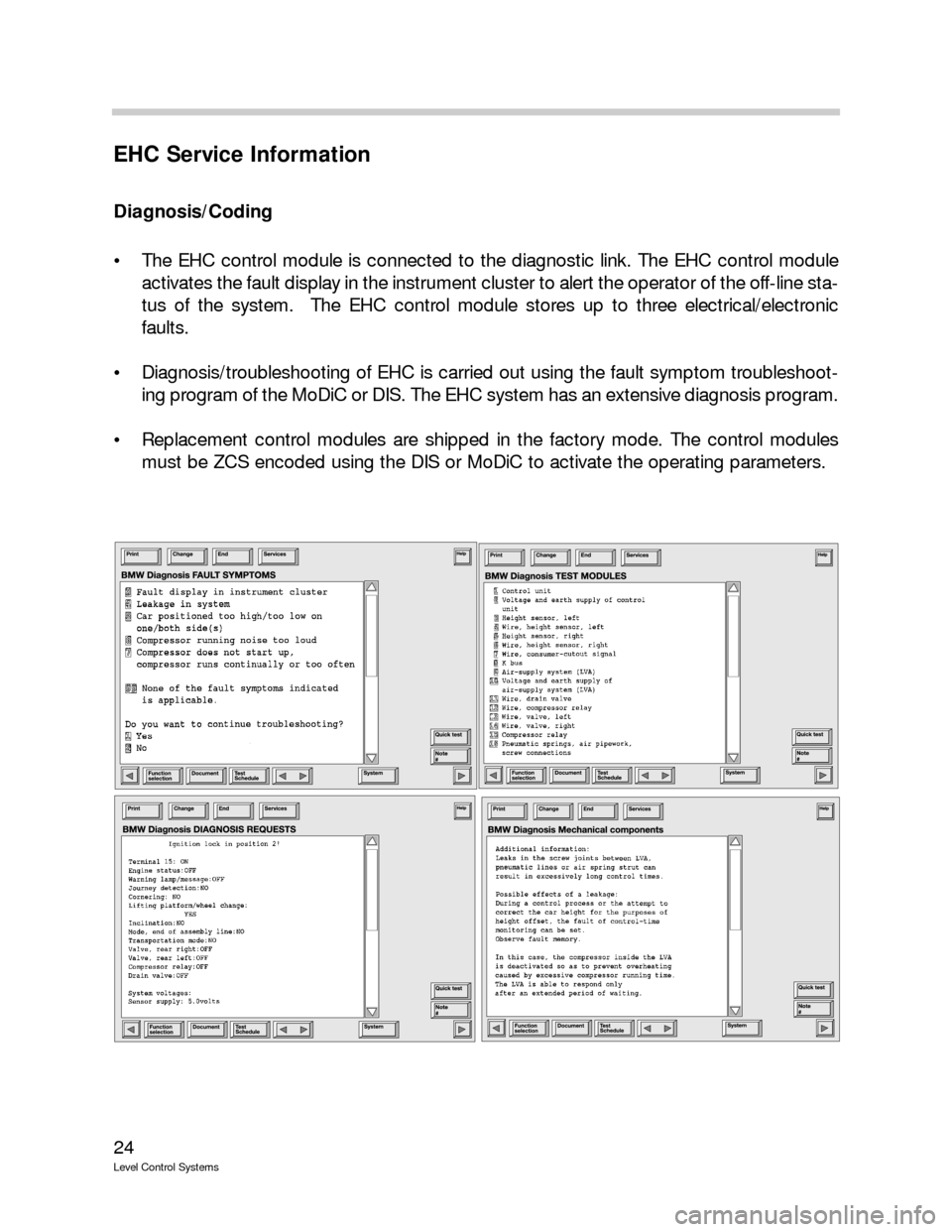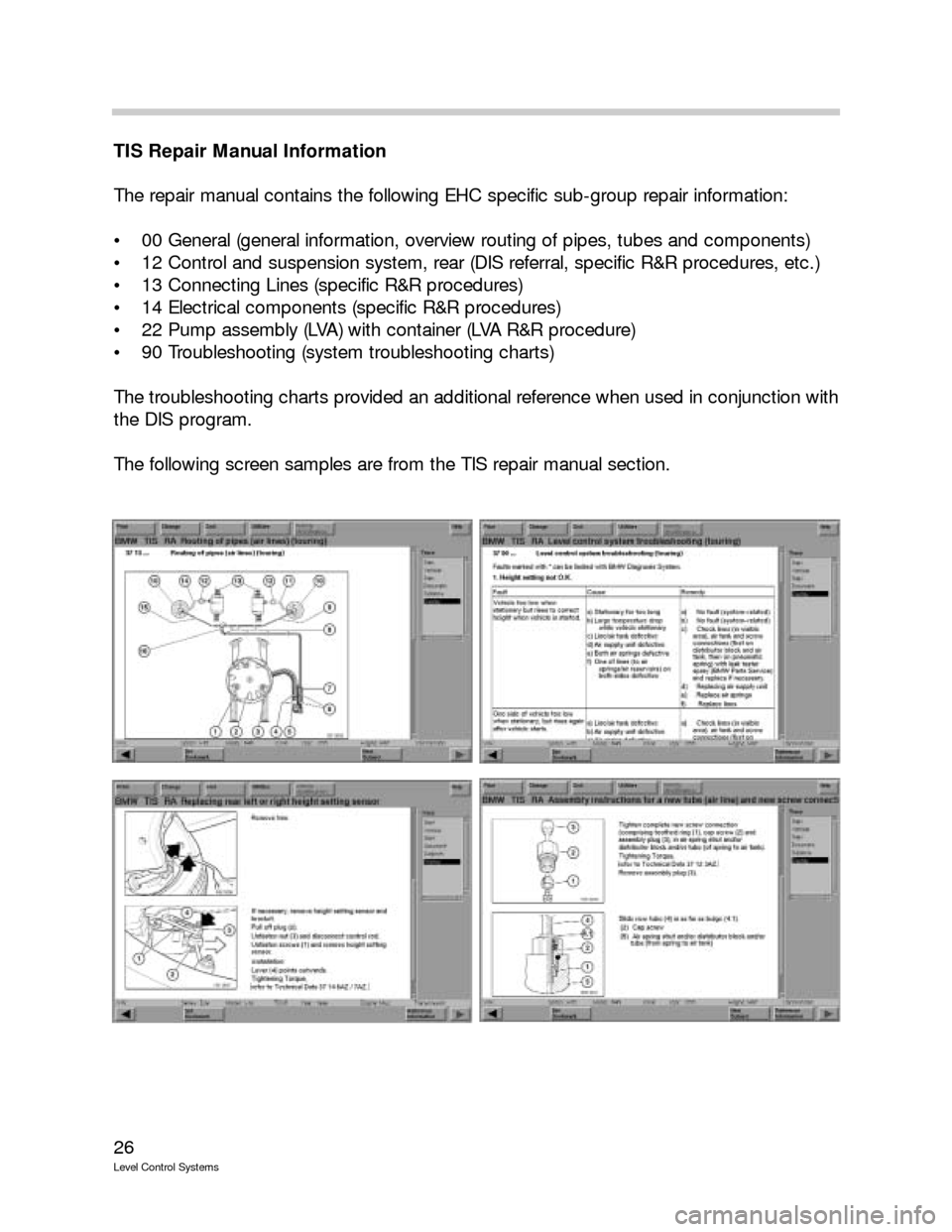Bmw x5 e53 ehc
Список форумов Авторемонт и автодиагностика. Ремонтируем авто. (Gasoline)
BMW X5 E53 проблема с EHC
Обсуждается все связанное с ремонтом и диагностикой иномарок.
Задавая вопросы по ремонту — ОБЯЗАТЕЛЬНО указывайте точные параметры своего автомобиля (модель, год, двигатель и т.д). Не ленитесь описать проблему подробно, чем более исчерпывающее описание вы предоставите, тем более конкретен будет ответ на ваш вопрос.
BMW X5 E53 проблема с EHC
alert » Ср июл 21, 2010 5:03 am
Пневмоподвеска задней оси. Машина чуток «присела»
Система в аварии. Ошибку не записал, башка дырявая. Что то по высоте одной из сторон.
По показаниям датчиков помню, что правый 2.3 В а левый 1.5 В.
Машина стоит ровно. Можно ли инпой перекалибровать датчики?
В меню «тюнинг» подвески что то не разобрался.
MULTIVAN » Ср июл 21, 2010 6:27 am
Может у тебя один баллон с трещинами(травит)? А ровно стоит потому как компрессор постоянно подкачивает. Там может ошибка по времени поднятия опускания одной из сторон. Обычно с GT1 поднимаешь зад на сколько нужно — линейкой замеряешь и ставишь НОЛЬ. Сколько калибровал нинаодной машине не смог добиться идеально одинаковых показаний датчиков уровня ,хотя делю на развальном стенде — он ровный.
alert » Ср июл 21, 2010 6:24 pm
Компрессор не включается.
Ошибка:
10 — controlling time only one side
error frequency 31
left level 246 mm
standing
vitoks » Чт июл 22, 2010 1:23 am
Женя привет, я тут для борьбы с пневмодушками использую (у жены взял) какое то средство AMWEY(так помоему))) — пенится скотина здорово — один поднимает опускает кузов а я брызгаю — особенно на изгибы подушки — как увидел мыльный пузырь — все приехали, а потом все остальное.
alert » Чт июл 22, 2010 1:11 pm
Привет Виктор!
Дак вот тут нет признаков прохудившейся подушки.
Вообще компрессор не включается. При включении зажигания ошибок по ЕНС нет. Завел мотор и через минуту примерно зажигает транспарант и ошибка написанная выше. Не могу интерпретировать ее. Описания ошибок нету блин.
Как хорошо с япами бороться, почитал ошибки посмотрел мануал — все разжевано, а по БМВ пока у меня пробелы конкретные
ehc BMW X5 2002 E53 Level Control System Manual
2
Level Control Systems
Model: Level Control Systems
Production: E32 750iL 88-94 (Hydro-Pneumatic)
E32 740iL 93-94
E38 750iL 95-01
E38 740iL 95-01
E34 Touring 525iT, 530iT
E39 Touring 528iT, 540iT, 525iT (EHC I)
E53 X53.0i, X5 4.4i and X5 4.6is (EHC I)
E53 X5 3.0i, X5 4.4i (EHCII)
E66 745Li, 760Li from 03 EHC
Objectives:
After completion of this module you should be able to:
• Identify BMW Level Control Systems
Page 3 of 57
3
Level Control Systems
Level Control Systems
Purpose of the System
The primary function of Level Control Systems is to maintain the height of the vehicle as
closely as possible to a predetermined level under all load conditions.
This constant level allows the suspension system to maintain the alignment geometry.
Camber and Toe in are minimally affected when the ride height is consistent. In addition,
the headlight range stays consistent throughout the various operating conditions.
The Level Control System is designed to operate in the event of static changes such as
when passengers are entering or exiting the vehicle or quasi-static such as s when the fuel
tank is emptying while driving.
The Level Control System come in various configurations such as hydraulic (hydropneu-
matic) or pneumatic only systems.
Hydropneumatic systems use high pressure hydraulic fluid which is dampened by a gas
cushion from a nitrogen charged accumulator. These system use and electro-hydraulic
pump or an engine driven piston pump. These systems are installed as follows:
Hydropneumatic Level Control System with electro-hydraulic pump- This
type of system is used on the early 5 Series vehicles (E12 and E28), the 6 Series
(E24) and the early 7 Series (E23). This system uses an electric motor, pump and
an expansion tank which is connected by hydraulic lines to the rear spring struts.
The rear spring struts are also connected to a pair of pressure accumulators which
are “Nitrogen Charged”. There is a control switch which mounted on the rear axle
which monitors the position of the stabilizer bar. Changes in ride height are detect-
ed and the system is regulated to maintain the correct level. During prolonged dyna-
mic movements during acceleration and braking, the level control system is disabled
by an acceleration sensor (mercury switch) and brake light input to the hydraulic
control unit.
Hydropneumatic Level Control System with engine driven piston pump- This
system can be found on the 7 Series (E32 and E38) and the 5 Series Touring (E34).
This configuration is similar in operation to the previous system with a few changes.
There hydraulic pressure now comes from an engine driven piston pump. This
pump is mounted in tandem with the power steering (radial type) pump. The pres-
surized fluid is sent to a control valve which distributes the fluid to the rear spring
struts and pressure accumulators. The control valve is attached to the rear sway
bar by a lever, changes in ride height will move the lever which will influence fluid flow
to the spring struts.
The next generation of BMW Level Control Systems evolved into pneumatic only systems
which are referred to as EHC. EHC will be discussed later in this module.
Page 13 of 57
13
Level Control Systems
Air Suspension Systems (EHC)
Purpose of the System
Air Suspension systems were first introduced on the 1999 E39 Sportwagon. Since then
the E53 (X5) and E65/E66 (7Series) models were available with this new system. EHC are
available is two configurations, the Single Axle Air Suspension System and the Dual Axle
Air Suspension System. The Dual Axle (EHC II) system is only available on E53 X5 models
from the 2002 model year.
EHC systems can be found on the following vehicles:
E39 Sportwagon 528i, 525i and 540i from the 1999 Model Year (Single Axle)
E53 X5 3.0i and 4.4i from the 2000 Model Year (Single Axle)
E53 X5 4.6iS from 2002 (Single Axle)
E53 X5 3.0i and 4.4i from 2002 (Dual Axle EHC II)
E65/E66 from 2003 Model Year (Single Axle)
There are some functional changes with these systems. On EHC, the entire axle load is
borne by the air suspension. The underlying control philosophy of EHC is “Control only
when absolutely necessary”. This means that brief changes in the ride height are not com-
pensated (such as potholes). This avoids any unnecessary control operations.
The advantages of air suspension are as follows:
Control is independent of the vehicle engine
Single-wheel control is possible
Lateral locking is affected
A distinction is made between load and drive states
An inclined load is identified and corrected
However, an inclination is not compensated
Self diagnosis can be performed
Diagnosis with DISplus or GT-1 is possible
An automatic interruption of control takes place in case of cornering and wheel
changes.
Page 14 of 57
14
Level Control Systems
EHC System Overview
EHC I Single Axle Air Suspension E39/E53
EHC II Dual Axle Air Suspension E53
1. Air Supply Unit
2. Rear Axle Air Bellows
3. Ride Height Sensors
4. Pressure Accumulator/
Valve Unit
5. Front Axle Air Bellows
6. Control Unit
Page 15 of 57
15
Level Control Systems
Single Axle EHC I System Components (E39/E53)
The EHC system consists of the following components:
EHC Control Module
Air Springs (2) with Air Reservoirs
Rear Axle Level Sensors
Encapsulated Air Supply (LVA)
Warning Indicator
Control Module
The Control Module is mounted in the module carrier box in the luggage compartment on
the right side. It contains the processing electronics and final stages for operation of the
EHC system.
The control module receives the following inputs for its processing functions:
KL 30 & 31 (Power/Ground)
KL 15
Left & Right Ride Height Sensors
K Bus for;
— Vehicle speed
— Engine running
— Door/tailgate — open/closed
E39 Features 06
EHC Module (E39)
Page 21 of 57
21
Level Control Systems
EHC System Operation
A fully functional EHC system is controlled by one of three different modes of operation.
The operation mode is selected by the control module based on current conditions provid-
ed by the monitored input signals. The main modes of operation are:
• Pre-Run/Post-Run Mode
Normal Mode
Tailgate Mode
Two special operating modes are also included in the control module programming.
New/replacement mode(pre ZCS encoded). This mode provides basic operation.
Transport Mode — Transport mode is set at the factory and raises the vehicle 30mm to
prevent vehicle damage during transportation. It must be deactivated with the DIS/
MoDiC prior to customer delivery.
Pre-Run / Post-Run Mode
The Pre-Run mode is activated when the vehicle is parked and the control module is in the
sleep mode. Opening a door or the tailgate initiates a system wake up and the control mod-
ule comes on-line.
The control module performs a self-check of the control electronics and sensors. If no fault
is found, the system will check the ride height and institute a rapid regulation if the height
varies by more than 40mm.
Page 23 of 57
23
Level Control Systems
Special Operating Modes
Assembly Line Mode (New control module)
The assembly line mode refers to control module manufacturing. New control modules
are stored in a deactivated state. The control programming is not active and must first
be ZCS encoded.
After installing a replacement control module, it must be coded using the DIS or MoDiC.
The instrument cluster fault display will remain illuminated until the control module is
coded.
Transport Mode
The vehicle rolls off the factory assembly line with the EHC control module in the trans-
port mode. The transport mode inflates the air springs to a higher position (approx.
30mm higher) than the normal mode in order to avoid damage during transit.
The system will not respond to any inputs that would alter the height of the vehicle. The
fault indicator (base cluster) is illuminated or instrument cluster matrix display (high clus-
ter) provides the message “Leveling System” to draw attention to the transport mode
setting.
The Service Functions section of the diagnosis program is used to activate/deactivate
the transport mode. Once the transport mode is deactivated, check the vehicle Ride
Height Offset making sure the vehicle rear axle height is to specification.
Control Interrupts
Cornering
To prevent unnecessary suspension adjustments while driving through corners, a “control
interrupt” is built into the system. Above 30MPH the control module monitors the left/right
ride height sensors for a difference of 30mm. Exceeding this difference will put the system
into a control interrupt and no adjustment will take place. The control interrupt last for a
duration of 5 minutes.
Vehicle Lifting
The ride height control is interrupted when the vehicle is raised on a lift or with a jack. The
system monitors the ride height sensor inputs and when the height limit of 90 mm is
exceeded, the control is switched OFF until the vehicle is lowered again.
Page 24 of 57
24
Level Control Systems
EHC Service Information
Diagnosis/Coding
The EHC control module is connected to the diagnostic link. The EHC control module
activates the fault display in the instrument cluster to alert the operator of the off-line sta-
tus of the system. The EHC control module stores up to three electrical/electronic
faults.
Diagnosis/troubleshooting of EHC is carried out using the fault symptom troubleshoot-
ing program of the MoDiC or DIS. The EHC system has an extensive diagnosis program.
Replacement control modules are shipped in the factory mode. The control modules
must be ZCS encoded using the DIS or MoDiC to activate the operating parameters.
Page 26 of 57
26
Level Control Systems
TIS Repair Manual Information
The repair manual contains the following EHC specific sub-group repair information:
00 General (general information, overview routing of pipes, tubes and components)
12 Control and suspension system, rear (DIS referral, specific R&R procedures, etc.)
13 Connecting Lines (specific R&R procedures)
14 Electrical components (specific R&R procedures)
22 Pump assembly (LVA) with container (LVA R&R procedure)
90 Troubleshooting (system troubleshooting charts)
The troubleshooting charts provided an additional reference when used in conjunction with
the DIS program.
The following screen samples are from the TIS repair manual section.
